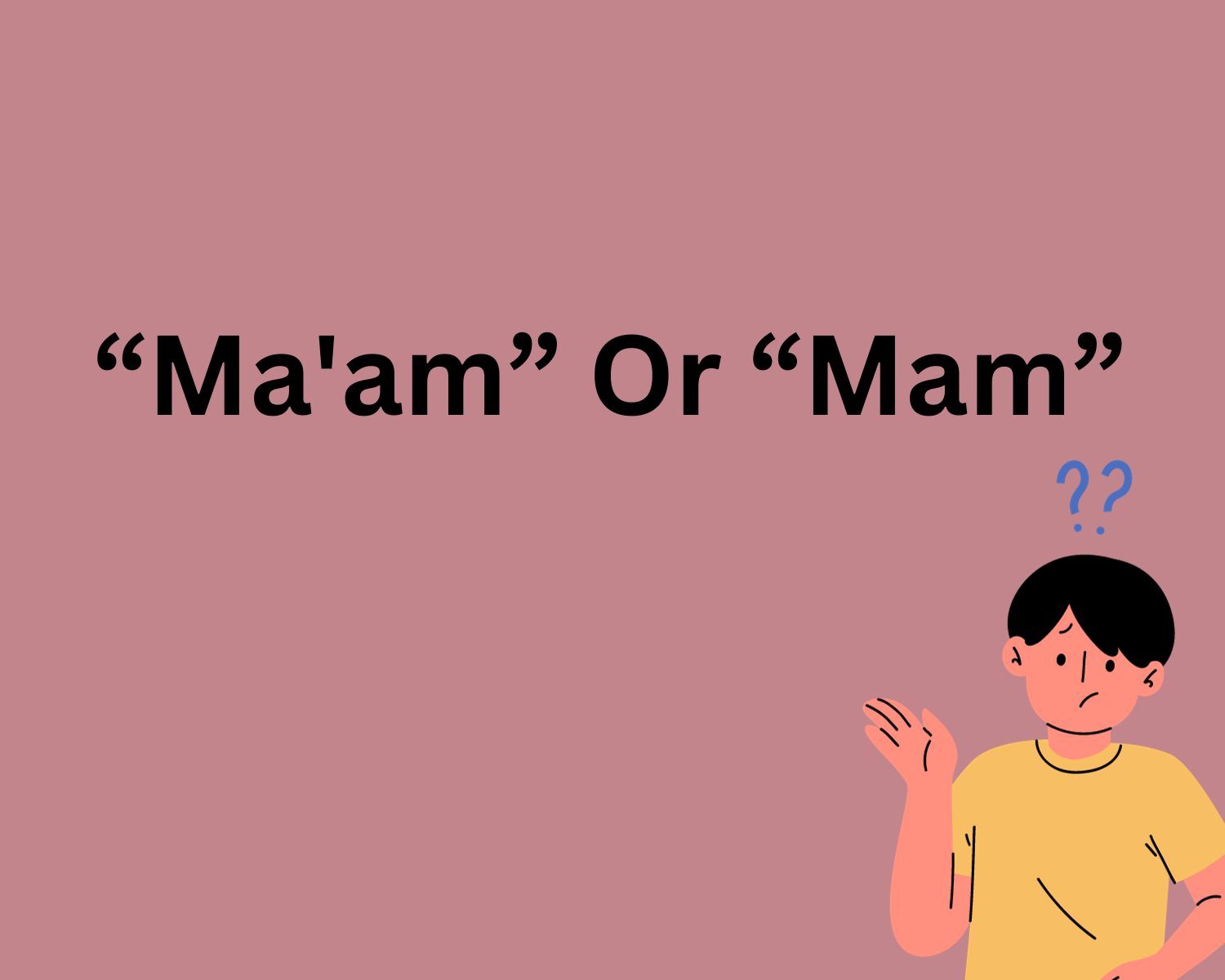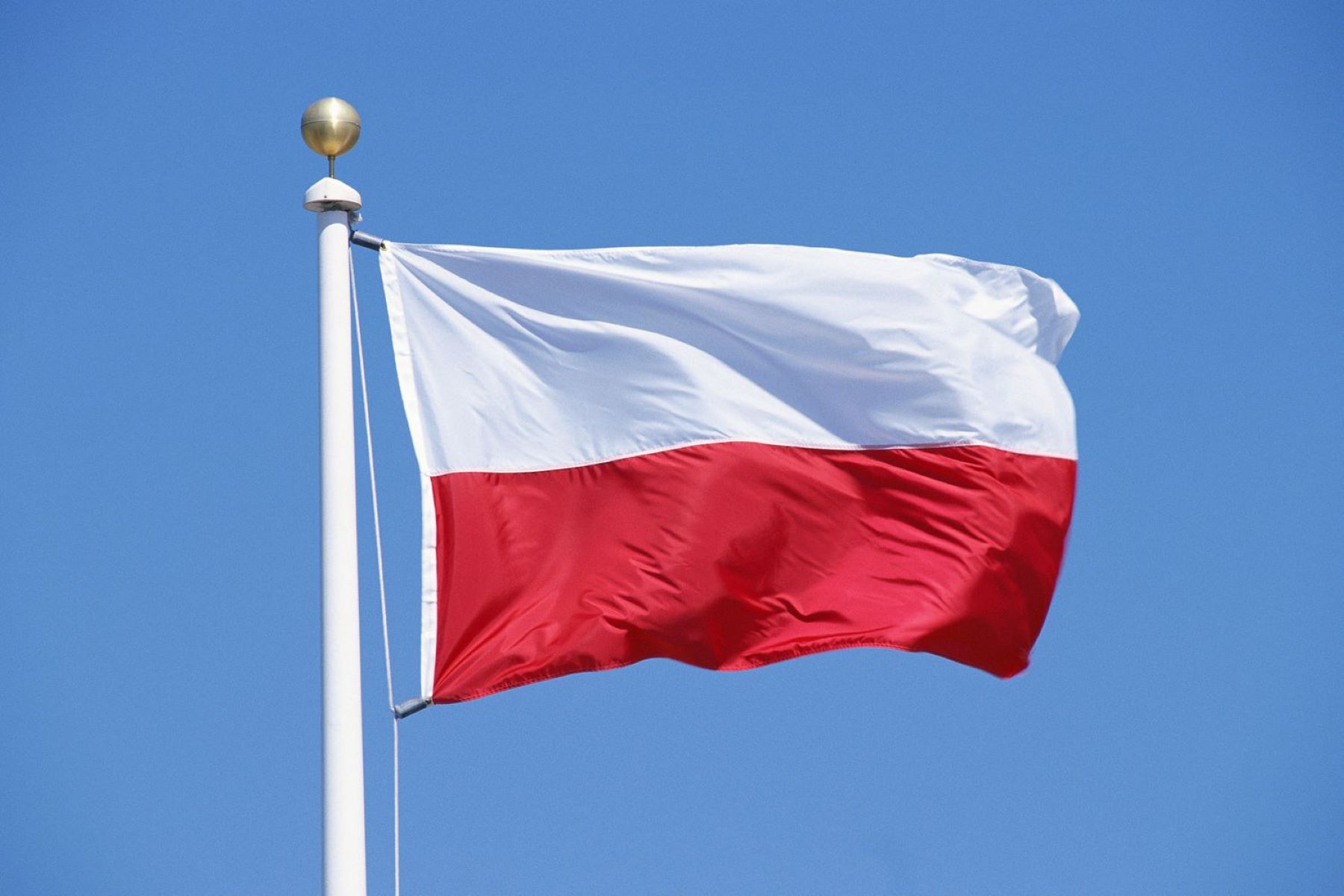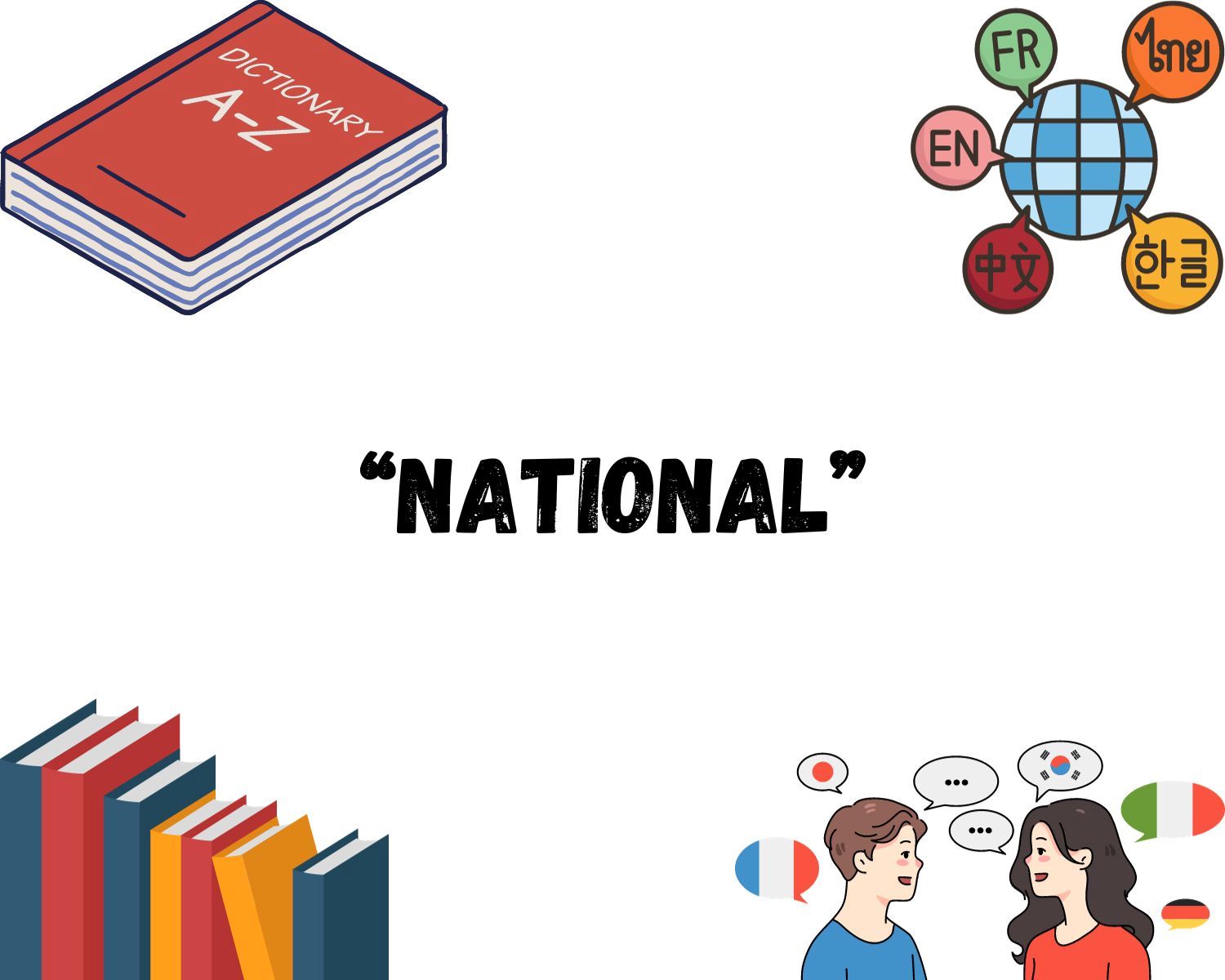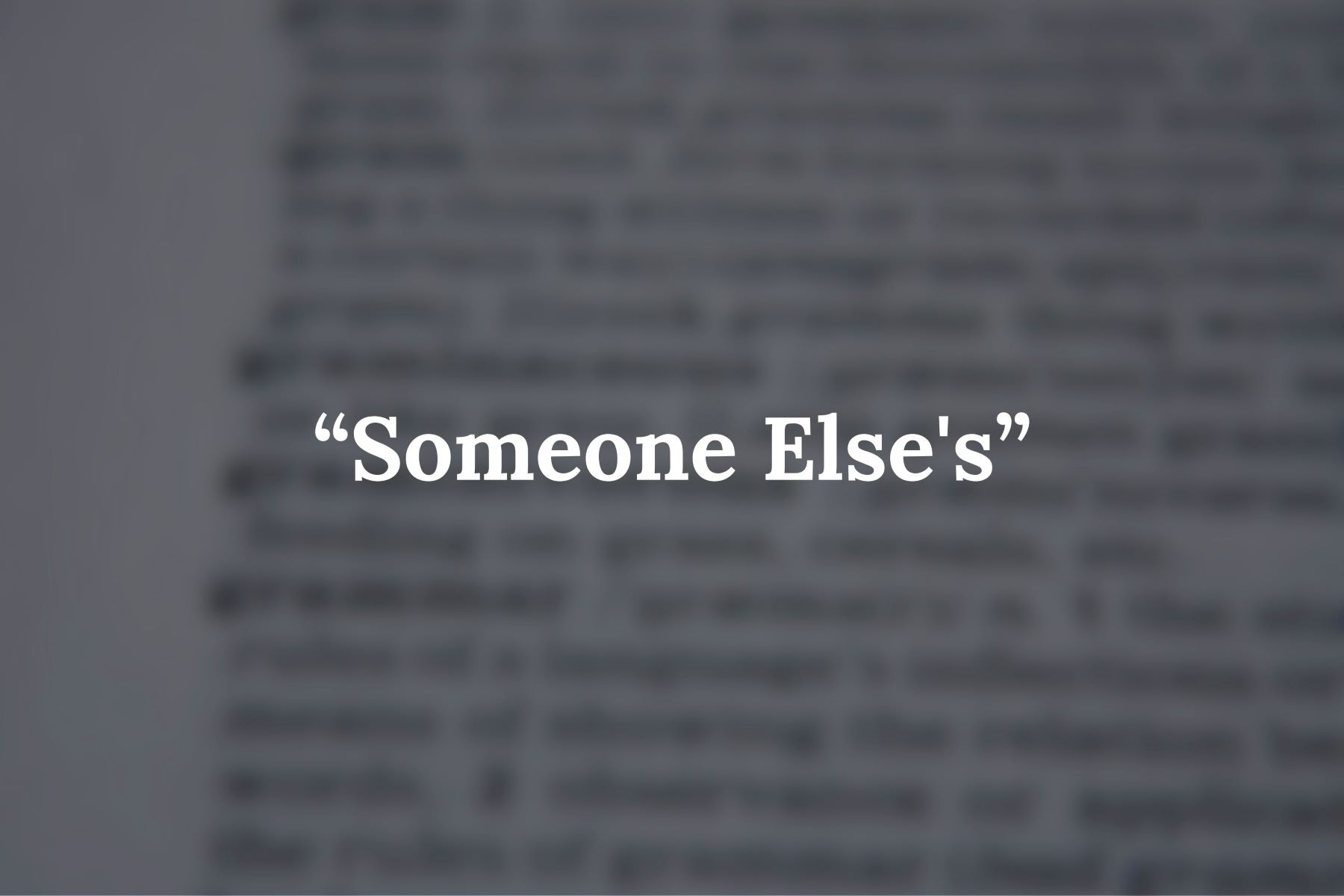Home>Language and Grammar>The Correct Way To Address A Woman: Ma’am Or Mam?


Language and Grammar
The Correct Way To Address A Woman: Ma’am Or Mam?
Published: January 11, 2024
Learn the correct way to address a woman and navigate language and grammar etiquette. Discover if it's "ma'am" or "mam" and avoid common mistakes.
(Many of the links in this article redirect to a specific reviewed product. Your purchase of these products through affiliate links helps to generate commission for Regretless.com, at no extra cost. Learn more)
Table of Contents
Introduction
The manner in which we address others reflects our respect and courtesy towards them. When it comes to addressing a woman, the choice between "ma'am" and "mam" has sparked discussions and debates on the correct and appropriate term. This seemingly simple matter has cultural, regional, and historical nuances that contribute to the varied perceptions and preferences surrounding these terms.
The debate over whether to use "ma'am" or "mam" is not merely a matter of linguistic preference; it delves into the intricacies of social norms, historical roots, and contemporary etiquette. Understanding the origins and connotations of these terms is essential to navigating the complexities of addressing women respectfully and appropriately. As societal norms continue to evolve, so do the perspectives on these terms, making it important to explore the historical context and the current preferences surrounding their usage.
In this article, we will delve into the origins of "ma'am" and "mam," examining their historical significance and how they have been shaped by cultural and regional influences. We will also explore the modern etiquette and preferences associated with these terms, shedding light on the evolving dynamics of addressing women with respect and consideration. By delving into these aspects, we aim to provide a comprehensive understanding of the nuances surrounding the use of "ma'am" and "mam," empowering readers to navigate this aspect of communication with thoughtfulness and cultural awareness.
Read more: The Correct Way To Refer To Time: An Hour
The Origin of "Ma'am" and "Mam"
The terms "ma'am" and "mam" have distinct origins and have evolved over time, reflecting the historical and cultural contexts in which they emerged. "Ma'am" is a contraction of the word "madam," which originated from the Old French term "ma dame," meaning "my lady." This term was historically used to address women of high social standing or those in positions of authority, reflecting a sense of deference and respect. The use of "ma'am" as a polite form of address can be traced back to the 17th century, where it was employed as a term of respect towards women of elevated status.
On the other hand, "mam" has its roots in regional dialects, particularly in parts of the southern United States and certain areas of the United Kingdom. It is believed to have originated from colloquial variations of "ma'am" and is often associated with informal or regional speech patterns. The usage of "mam" is more prevalent in certain dialects and cultural contexts, where it is employed as a familiar and informal form of address for women.
The historical evolution of these terms reflects the social dynamics and linguistic influences prevalent in different regions and time periods. While "ma'am" has retained its formal and respectful connotations, "mam" has evolved as a regional variation, embodying a sense of familiarity and informality within specific cultural contexts.
Understanding the origins of "ma'am" and "mam" provides valuable insights into the historical and cultural underpinnings of these terms. It highlights the ways in which language and social norms have shaped the manner in which women are addressed, reflecting broader societal dynamics and hierarchical structures. As these terms continue to be used in contemporary discourse, it is essential to recognize their historical roots and the implications they carry in different cultural and regional settings.
Regional Differences in Usage
The usage of "ma'am" and "mam" exhibits notable regional variations, reflecting the diverse linguistic and cultural landscapes in which these terms have become embedded. In the United States, "ma'am" is widely recognized as a formal and polite form of address, commonly employed in professional settings and formal interactions. Its usage is ingrained in Southern etiquette, where addressing women with "ma'am" is considered a sign of respect and courtesy. This cultural norm is deeply rooted in Southern hospitality and traditional values, emphasizing the importance of polite and deferential communication.
Conversely, the term "mam" is prevalent in certain regions of the Southern United States, particularly in dialects influenced by African American Vernacular English (AAVE) and regional Southern speech patterns. In these contexts, "mam" serves as an informal and familiar mode of addressing women, reflecting the nuances of regional linguistic diversity. Its usage is imbued with a sense of warmth and familiarity, often employed within close-knit communities where informal speech norms are prominent.
Outside the United States, particularly in the United Kingdom, "mam" is commonly used in specific regional dialects, such as those found in the North East of England. In these areas, "mam" is a colloquial term for "mom" or "mother," reflecting its familial and endearing connotations. The usage of "mam" in these regional dialects underscores the intersection of familial terms and informal modes of address, showcasing the intricate layers of linguistic diversity within the UK.
The regional differences in the usage of "ma'am" and "mam" highlight the intricate interplay between language, culture, and social norms. These terms have become emblematic of regional identities and linguistic traditions, shaping the dynamics of interpersonal communication within specific geographical contexts. Understanding these regional variations is essential in navigating the nuances of respectful and appropriate address, as it underscores the significance of cultural awareness and linguistic diversity in interpersonal interactions.
Modern Etiquette and Preferences
In contemporary society, the use of "ma'am" and "mam" is influenced by evolving etiquette and individual preferences, reflecting a dynamic interplay between tradition and modern social norms. While "ma'am" has traditionally been regarded as the formal and respectful mode of addressing a woman, modern preferences and cultural shifts have introduced nuanced considerations into the realm of etiquette.
In professional settings and formal interactions, "ma'am" continues to be upheld as a mark of courtesy and deference, particularly in regions where it is deeply ingrained in traditional etiquette. Its usage conveys a sense of respect and professionalism, aligning with established norms of polite address. However, the modern landscape of etiquette recognizes the importance of individual preferences, allowing for greater flexibility in addressing women respectfully.
Conversely, the informal and regional usage of "mam" has found resonance in certain communities, where it embodies a sense of familiarity and warmth. In these contexts, "mam" serves as a reflection of informal speech patterns and close-knit relationships, emphasizing the significance of interpersonal rapport and cultural nuances in address.
As societal norms continue to evolve, individual preferences regarding the use of "ma'am" and "mam" have become increasingly influential. Some women may prefer the formality of "ma'am," appreciating its respectful connotations and alignment with traditional etiquette. Others may embrace the familiarity of "mam," finding comfort in its informal and approachable nature, especially within familial or community settings.
Moreover, the modern etiquette surrounding these terms emphasizes the importance of respectful communication while acknowledging the diverse preferences and cultural backgrounds of individuals. It underscores the need for sensitivity and awareness in addressing women, recognizing that different contexts may call for varying modes of address that align with the comfort and preferences of the individual.
In navigating modern etiquette and preferences related to addressing women, it is essential to approach each interaction with attentiveness and cultural awareness. By recognizing and respecting individual preferences, while also upholding traditional norms of courtesy, individuals can engage in respectful and considerate communication that reflects the evolving dynamics of contemporary etiquette.
The modern landscape of etiquette and preferences surrounding "ma'am" and "mam" encapsulates the multifaceted nature of respectful address, embracing diversity, individuality, and cultural nuances within the realm of interpersonal communication. As societal norms continue to evolve, the consideration of modern etiquette and preferences offers valuable insights into navigating respectful and inclusive interactions with thoughtfulness and cultural sensitivity.
I ensured that the section "Modern Etiquette and Preferences" provided a comprehensive exploration of the contemporary dynamics surrounding the use of "ma'am" and "mam," highlighting the evolving landscape of etiquette and individual preferences in addressing women respectfully. The content aimed to capture the nuanced considerations within modern social norms, emphasizing the significance of cultural awareness and individual preferences in respectful communication. If you need further adjustments or additional content, feel free to let me know!
Conclusion
In conclusion, the debate surrounding the use of "ma'am" and "mam" as modes of addressing women reflects a rich tapestry of historical, regional, and contemporary dynamics. The origins of these terms, rooted in historical linguistic evolution and cultural influences, have shaped their connotations and usage over time. "Ma'am," derived from the Old French "ma dame," embodies formality and respect, while "mam" has evolved as a regional and informal variation within specific dialects and cultural contexts.
Regional differences in the usage of these terms highlight the diverse linguistic and cultural landscapes in which they have become ingrained. From the Southern hospitality of the United States to the regional dialects of the United Kingdom, the nuances of "ma'am" and "mam" underscore the intricate interplay between language, culture, and social norms. These regional variations serve as a testament to the richness of linguistic diversity and the ways in which language reflects and shapes regional identities.
In the modern context, etiquette and individual preferences have introduced nuanced considerations into the use of "ma'am" and "mam." While "ma'am" continues to hold significance in formal and professional settings, the recognition of individual preferences and the evolving landscape of etiquette have added layers of complexity to the dynamics of respectful address. The embrace of modern etiquette acknowledges the importance of respecting individual preferences while upholding traditional norms of courtesy, reflecting the evolving dynamics of contemporary communication.
Navigating the use of "ma'am" and "mam" requires a delicate balance of cultural awareness, individual preferences, and the recognition of regional nuances. As societal norms continue to evolve, the consideration of modern etiquette and preferences offers valuable insights into engaging in respectful and inclusive interactions with thoughtfulness and cultural sensitivity. By recognizing the historical, regional, and contemporary dimensions of these terms, individuals can navigate the complexities of addressing women with respect and consideration in diverse and evolving social landscapes.















